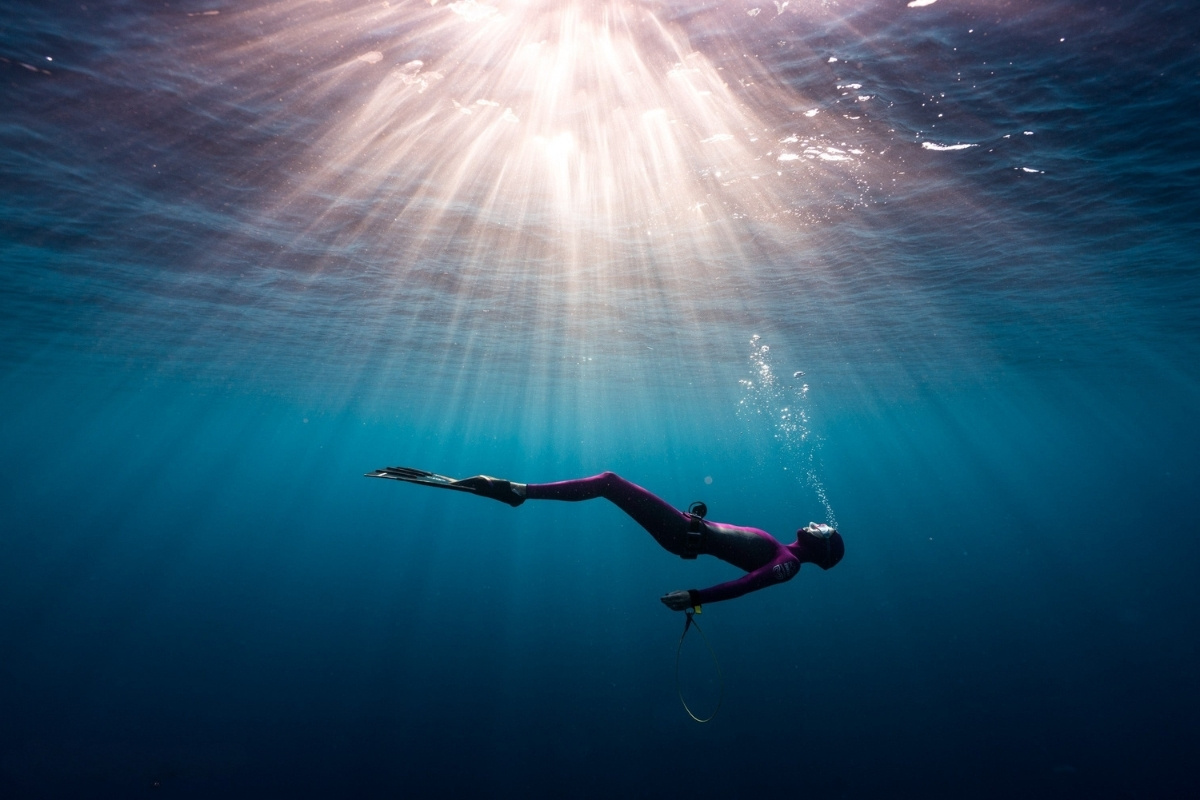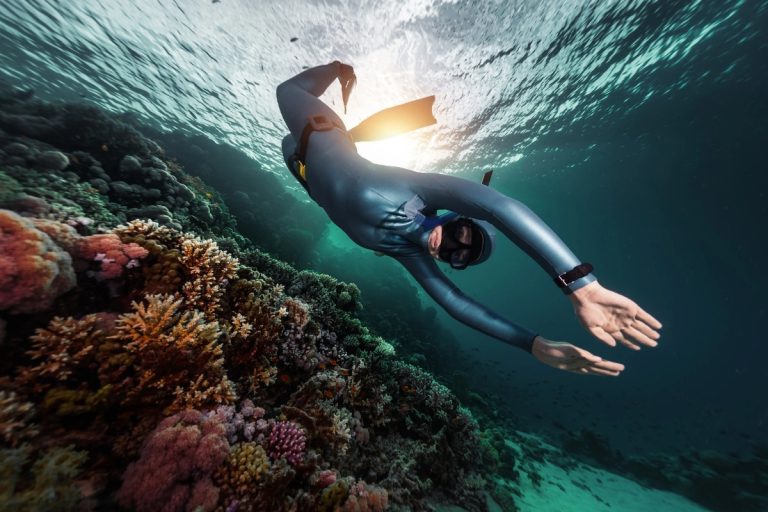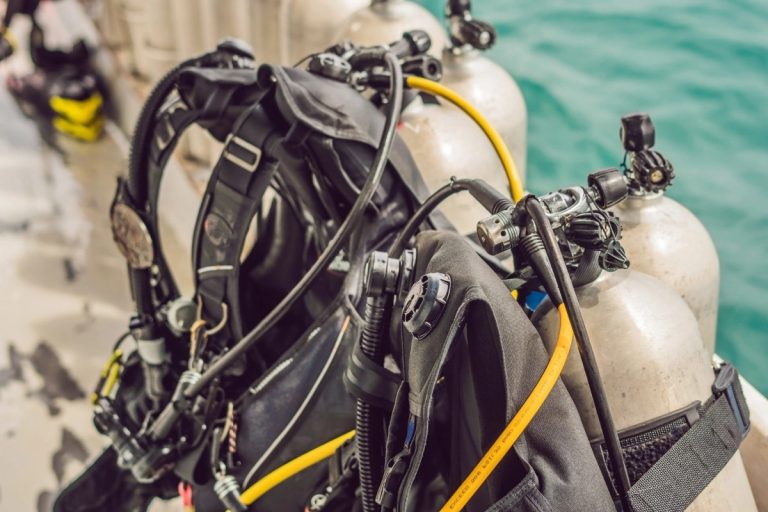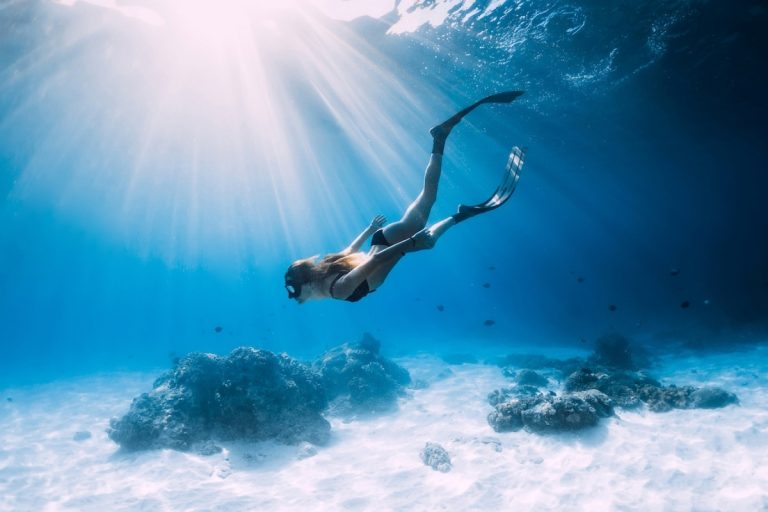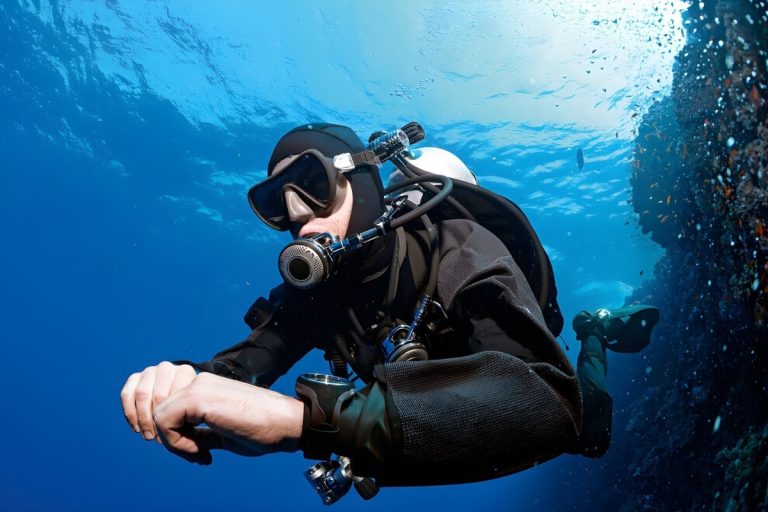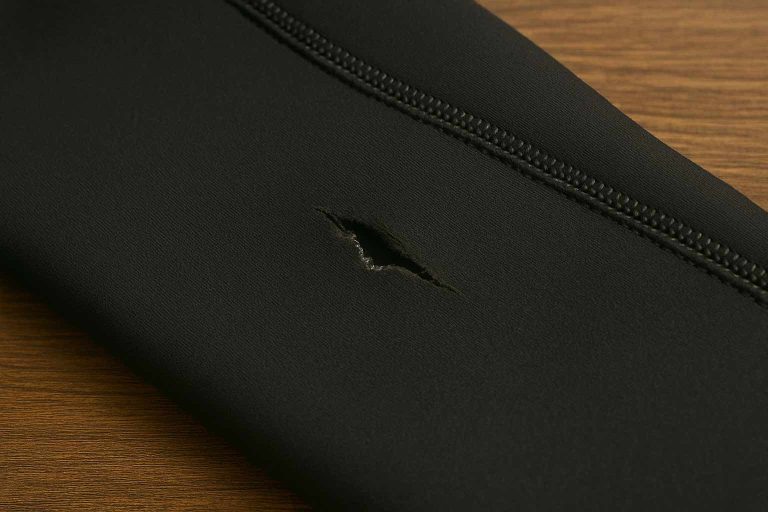Getting Started with Freediving
Freediving opens up a world of underwater wonder that feels both ancient and modern. This breath-holding discipline allows you to experience the ocean’s depths using only the air in your lungs, creating an intimate connection with the marine environment that’s hard to match. Unlike scuba diving with its complex equipment and certification requirements, freediving offers a more minimalist approach to underwater exploration.
The sport has grown tremendously in recent years, attracting everyone from casual snorkelers wanting to go deeper to competitive athletes pushing human limits. What makes freediving special is its accessibility—you can start in your local pool or shallow coastal waters. However, this simplicity shouldn’t fool you into thinking it’s without risks or technique requirements.
Modern freediving combines elements of yoga, meditation, and athletic training. The mental aspect is just as important as the physical preparation. Many freedivers describe a sense of calm and focus that carries over into their daily lives. The sport teaches you to work with your body’s natural reflexes rather than fighting them, creating a meditative underwater experience that’s both challenging and deeply rewarding.
Essential Freediving Gear
Your freediving equipment serves as the foundation for safe and enjoyable underwater adventures. Unlike the extensive gear lists for scuba diving, freediving requires relatively few items, but each piece plays a crucial role in your performance and safety. Quality diving and snorkeling equipment makes the difference between a frustrating experience and one that feels natural and effortless.
The beauty of freediving gear lies in its simplicity and efficiency. Every piece is designed to work with your body’s natural movements and the physics of being underwater. When chosen correctly, your equipment becomes an extension of yourself rather than a burden to manage.
Types of Freediving Masks
Freediving masks differ significantly from standard snorkeling masks in their internal volume and design. Low-volume masks require less air to equalize as you descend, making them essential for deeper dives. The reduced air space means less pressure change and easier equalization at depth.
Look for masks with soft, flexible silicone skirts that create a comfortable seal without being too tight. The lens should be made from tempered glass for safety and clarity. Many freedivers prefer masks with a slightly downward angle to improve their field of vision while swimming in a streamlined position.
Snorkels and Their Variants
While you won’t use a snorkel during the actual freedive, it’s invaluable for surface swimming and recovery between dives. Freediving snorkels are typically simple, flexible tubes without the purge valves or dry-top features found on recreational snorkeling gear.
The key is finding a snorkel that stays in place during surface swimming but can be easily removed or positioned out of the way during dives. Some freedivers prefer shorter snorkels to reduce drag, while others opt for slightly curved designs that follow the natural shape of their head.
Fins: Open Heel vs. Full Foot
Freediving fins are longer and more flexible than regular swimming fins, designed to provide maximum propulsion with minimal effort. Full-foot fins are the standard choice for freediving because they’re lighter, more streamlined, and provide better power transfer from your legs to the blade.
The blade material and stiffness should match your strength and diving style. Softer blades work well for beginners and longer sessions, while stiffer blades provide more power for experienced divers. Carbon fiber blades offer the ultimate in performance but require proper technique to use effectively.
Wetsuits and Their Importance
A proper wetsuit serves multiple purposes in freediving beyond just warmth. The compression from a well-fitting wetsuit can actually help with your diving posture and streamlining. The thickness you choose depends on water temperature, dive duration, and personal cold tolerance.
Freediving wetsuits are typically made from smooth-skin neoprene on the outside, which reduces drag and provides better hydrodynamics. The inside usually features open-cell neoprene that creates a better seal against your skin. This combination keeps you warmer and more streamlined than standard wetsuits.
Additional Accessories for Freedivers
Weight belts help you achieve neutral buoyancy at your target depth, making it easier to stay down without fighting to overcome your wetsuit’s buoyancy. The amount of weight needed varies based on your body composition, wetsuit thickness, and diving depth.
Dive computers designed for freediving track your depth, dive time, and surface intervals. They often include safety features like depth alarms and surface interval timers. While not essential for beginners, they become valuable tools as you progress and start diving deeper or for longer sessions.
Understanding Equalization
Equalization is the process of balancing the pressure in your ears and sinuses as you descend underwater. As you go deeper, the increasing water pressure compresses the air spaces in your head, creating discomfort and potentially dangerous situations if not managed properly. Learning to equalize effectively is absolutely crucial for safe freediving.
The physics behind equalization are straightforward but the execution requires practice and proper technique. Water pressure increases by approximately one atmosphere every 10 meters (33 feet) of depth. This means the air in your ears and sinuses gets compressed, and you need to add air to these spaces to maintain comfortable pressure balance.
What is Equalization?
Equalization involves moving air from your lungs or mouth into your middle ear and sinuses through the Eustachian tubes. These narrow passages connect your middle ear to your throat and can be opened through various techniques. When done correctly, equalization should be gentle, frequent, and pain-free.
The key to successful equalization is starting early and doing it often. Many beginners make the mistake of waiting until they feel pressure or discomfort before attempting to equalize. By then, the pressure differential may be too great to equalize comfortably or safely.
Common Equalization Techniques
The Valsalva maneuver is often the first technique people learn, involving gently blowing air against a pinched nose. However, this method can be forceful and isn’t always the best choice for freediving. The Frenzel technique, which uses tongue and throat muscles to push air into the ears, is generally more effective and gentler.
The Toynbee maneuver combines swallowing with nose pinching, while voluntary tubal opening involves using specific muscles to open the Eustachian tubes without any hand movements. Advanced freedivers often use hands-free equalization techniques that allow them to maintain perfect streamlining while descending.
The Importance of Early Equalization
Starting equalization at the surface and continuing frequently during descent prevents pressure buildup that can damage your ears. Most experienced freedivers equalize every meter or two during descent, well before feeling any discomfort or pressure.
Early equalization is also more efficient because it requires less force and air when the pressure differential is small. Waiting too long can make equalization difficult or impossible, forcing you to ascend and try again, which wastes energy and bottom time.
Signs of Equalization Problems
Pain, pressure, or a feeling of fullness in your ears are clear signs that equalization isn’t working properly. You might also experience dizziness, hearing changes, or a feeling that your ears are “blocked.” Any of these symptoms means you should stop your descent immediately and address the equalization issue.
Never force equalization or continue descending with ear pain. Doing so can cause serious injuries including eardrum rupture or inner ear damage. If you can’t equalize comfortably, ascend a few feet and try again with a gentler technique.
Tips for Effective Equalization
Practice equalization techniques on land and in shallow water before attempting deeper dives. Keep your head in a neutral position during descent, as tilting your head back or to the side can make equalization more difficult. Stay relaxed and avoid holding tension in your neck and shoulders.
Some freedivers find that certain head positions or jaw movements help with equalization. Experiment with slight variations in technique to find what works best for your anatomy. Remember that equalization ability can vary based on factors like congestion, allergies, or even the time of day.
Safety Practices in Freediving
Safety in freediving isn’t just about following rules—it’s about developing a mindset that prioritizes smart decision-making and risk management. The sport’s inherent risks, including shallow water blackout and lung squeeze, require constant vigilance and adherence to proven safety protocols. Even experienced freedivers never become complacent about safety procedures.
The freediving community has developed comprehensive safety standards based on decades of experience and research. These practices have evolved to address the specific risks associated with breath-hold diving, and following them significantly reduces the chance of accidents or injuries.
Never Freedive Alone
The buddy system is the foundation of freediving safety. Your dive partner serves as your safety backup, watching for signs of problems and ready to assist if needed. Even experienced freedivers can experience unexpected issues like shallow water blackout, which occurs without warning and requires immediate assistance.
A proper freediving buddy is trained to recognize signs of distress and knows how to perform rescue techniques. They stay alert throughout your dive, timing your descent and ascent, and are ready to intervene if something goes wrong. This partnership creates a safety net that has saved countless lives in the freediving community.
Creating Detailed Dive Plans
Every freediving session should begin with a clear plan that includes maximum depths, dive durations, and safety protocols. Discuss these plans with your buddy and agree on signals, emergency procedures, and abort criteria. Having a plan removes guesswork and ensures both divers know what to expect.
Your dive plan should account for current conditions, your experience level, and how you’re feeling that day. Be willing to modify or abandon plans if conditions change or if you’re not performing at your usual level. Flexibility and good judgment are more important than sticking rigidly to predetermined goals.
Avoiding Hyperventilation
Hyperventilation before diving is extremely dangerous because it can lead to shallow water blackout. This technique artificially extends breath-hold time by reducing carbon dioxide levels, but it also eliminates your body’s natural warning system that tells you when to surface for air.
Instead of hyperventilation, use proper relaxation and breathing techniques to prepare for dives. Focus on calm, controlled breathing that helps you relax while maintaining normal blood gas levels. This approach is safer and often more effective for achieving good dive performance.
Gradual Ascents and Monitoring Signals
Ascending too quickly can cause various problems including lung overexpansion and nitrogen bubble formation. Maintain a steady, controlled ascent rate and be aware of your body’s signals throughout the dive. Your buddy should be watching for any signs of distress or unusual behavior.
Learn to recognize your body’s signals for when it’s time to end a dive. These might include strong contractions, changes in heart rate, or simply a feeling that you’ve reached your comfortable limit. Responding to these signals promptly is a sign of good judgment, not weakness.
Staying Within Personal Comfort Zones
Progressive training means gradually pushing your limits while maintaining a safety margin. Avoid dramatic increases in depth or time, and never attempt dives that feel beyond your current ability level. Consistent, gradual improvement is safer and more sustainable than dramatic leaps in performance.
Your comfort zone will vary based on conditions, how you’re feeling, and your recent training. Be honest about your current abilities and don’t let ego or peer pressure push you into unsafe situations. The best freedivers are those who consistently make smart, conservative decisions about their diving.
Training for Freediving
Proper training forms the backbone of safe and enjoyable freediving experiences. While the sport might look simple from the outside, it involves complex physiological adaptations and technical skills that require structured learning and practice. Effective breath-hold training exercises can significantly improve your diving performance while reducing risks associated with the sport.
Training encompasses much more than just holding your breath longer. It includes learning proper equalization techniques, developing efficient swimming mechanics, understanding your body’s responses to breath-holding, and building the mental skills needed for relaxation and focus underwater.
Importance of Professional Training
Professional instruction provides structured learning that covers both the technical and safety aspects of freediving. Certified instructors can identify and correct technique problems early, preventing bad habits that could limit your progress or compromise safety. They also provide the safety supervision necessary for practicing advanced techniques.
Quality training programs cover physiology, safety protocols, rescue techniques, and equipment selection in addition to diving skills. This comprehensive approach ensures you understand not just how to freedive, but why certain techniques and safety measures are important. The investment in professional training pays dividends in both safety and performance.
Self-Training vs. Supervised Training
While some aspects of freediving can be practiced independently, key skills like deep diving and advanced breath-hold techniques should always be learned under supervision. Self-training is valuable for maintaining fitness and practicing basic skills, but it has significant limitations when it comes to safety and technique development.
Supervised training provides immediate feedback on technique, safety oversight during challenging exercises, and the motivation that comes from training with others. The social aspect of group training also connects you with the broader freediving community, providing ongoing support and learning opportunities.
Coaching for Equalization Skills
Equalization is often the most challenging skill for new freedivers to master, and personalized coaching can make a dramatic difference in your progress. An experienced instructor can diagnose equalization problems, suggest technique modifications, and provide exercises to improve your equalization ability.
Some people have anatomical differences that make certain equalization techniques more or less effective. A good coach can help you find the techniques that work best for your physiology and teach you backup methods for different situations. This personalized approach is much more effective than trying to learn equalization from books or videos alone.
Understanding Depth Limits
Your depth limits should be based on your training level, experience, and current abilities rather than arbitrary goals or comparisons with other divers. Professional training helps you understand how to assess your limits safely and how to progress gradually while maintaining appropriate safety margins.
Depth progression should be conservative and based on mastery of skills at shallower depths. Rushing to deeper waters without proper preparation increases risks and often leads to poor technique development. Focus on perfecting your skills at comfortable depths before gradually increasing your range.
Recommended Freediving Locations
Choosing the right locations for freediving can make the difference between a frustrating experience and an unforgettable adventure. The best freediving spots combine suitable water conditions with interesting underwater environments and appropriate depths for different skill levels. Location selection should always prioritize safety while offering opportunities for skill development and enjoyment.
Environmental factors like water temperature, visibility, currents, and marine life all influence the quality of a freediving experience. Understanding these factors helps you choose locations that match your skill level and provide the best opportunities for safe, enjoyable diving.
Top Snorkeling Spots
Many excellent freediving locations started as popular snorkeling destinations because they offer clear water, interesting marine life, and relatively calm conditions. Places like the Red Sea, Maldives, and Caribbean islands provide ideal conditions for freedivers of all levels, with warm water reducing wetsuit requirements and excellent visibility making navigation easier.
Tropical locations often feature coral reefs that provide natural depth progression, allowing beginners to practice in shallow areas while offering deeper water nearby for more advanced divers. The abundant marine life in these areas also makes dives more interesting and rewarding, providing natural motivation to improve your skills.
Planning Your Dive Holiday
A successful freediving holiday requires research into local conditions, safety resources, and diving opportunities. Consider factors like seasonal weather patterns, water temperatures, and the availability of local dive operators or training facilities. Some destinations are better suited for certain times of year due to weather or marine life migration patterns.
Research local regulations and safety requirements, as some locations have specific rules about freediving activities. Contact local dive centers or freediving communities to get current information about conditions and recommended sites. This preparation ensures you make the most of your time and dive safely in unfamiliar waters.
Maintenance of Freediving Gear
Proper gear maintenance extends the life of your equipment while ensuring it performs reliably when you need it most. Saltwater, sun, and sand can all damage freediving gear if not properly cared for, and equipment failure underwater can create dangerous situations. Learning how to care for silicone and tempered-glass masks, along with your other gear, is an essential skill for any freediver.
Regular maintenance routines become second nature with practice and can often be completed quickly after each diving session. The time invested in proper care pays off through better equipment performance, longer gear life, and increased safety during your dives.
Cleaning Your Masks
Rinse your mask thoroughly with fresh water after each use, paying special attention to the areas around the lens and skirt where salt crystals can accumulate. Salt buildup can cause the silicone to deteriorate and may affect the mask’s ability to seal properly against your face.
Use mild soap or specialized mask cleaners to remove oils and residue that can fog the lens or irritate your skin. Avoid harsh chemicals or abrasive cleaners that might damage the silicone or anti-fog coatings. Store masks in a protective case or pouch to prevent scratches to the lens and damage to the silicone skirt.
Caring for Fins and Wetsuits
Fins require thorough rinsing to remove salt, sand, and organic matter that can cause deterioration or unpleasant odors. Pay attention to the foot pocket and any adjustable straps, as these areas tend to trap debris. Check for small tears or worn areas that might worsen with continued use.
Wetsuits need careful handling during cleaning and drying to prevent damage to the delicate neoprene material. Turn the suit inside out for cleaning and drying to protect the outer surface. Hang wetsuits properly to prevent stretching and avoid direct sunlight during drying, which can cause the neoprene to deteriorate.
Storing Your Freediving Equipment
Proper storage prevents damage and extends equipment life significantly. Store gear in a cool, dry place away from direct sunlight and temperature extremes. Ensure everything is completely dry before storage to prevent mold and mildew growth, which can ruin neoprene and create health hazards.
Organize your storage to prevent equipment from being crushed or bent inappropriately. Masks should be stored in protective cases, and fins should be stored flat or hanging to prevent warping. Consider using equipment bags or containers that provide protection while allowing air circulation to prevent moisture buildup.
Resources for Freedivers
The freediving community offers numerous resources for learning, connecting with other divers, and continuing your education in the sport. These resources range from online communities where you can ask questions and share experiences to formal certification programs that provide structured learning paths. Taking advantage of these resources accelerates your learning and connects you with the broader freediving community.
Modern technology has made freediving education and community connection more accessible than ever before. Online platforms, mobile apps, and digital training materials complement traditional in-person instruction and provide ongoing support for your freediving journey.
Online Communities and Forums
Active online communities provide platforms for asking questions, sharing experiences, and learning from more experienced freedivers. These forums often feature discussions about technique, equipment reviews, location recommendations, and safety topics. Participating in these communities helps you stay current with developments in the sport and learn from others’ experiences.
Many online communities are organized by geographic region, allowing you to connect with local freedivers and learn about nearby diving opportunities. These connections often lead to diving partnerships, training opportunities, and lifelong friendships within the freediving community.
Educational Courses and Certifications
Formal certification programs provide structured learning paths that cover all aspects of freediving from beginner to instructor levels. These programs ensure comprehensive coverage of safety protocols, technique development, and theoretical knowledge. Certification also provides recognition of your skills and knowledge within the global freediving community.
Many certification agencies offer online components that complement in-person training, allowing you to study theory and prepare for practical sessions. This blended approach makes training more flexible and often more effective by allowing you to progress at your own pace through theoretical material.
Apps for Tracking Freediving Progress
Smartphone apps designed for freedivers can track your progress, log your dives, and provide training tools for improving your breath-hold abilities. Many apps include features like dive timers, depth tracking, and performance analysis that help you monitor your improvement over time.
Some apps also include safety features like surface interval timers and emergency contact information. While these digital tools shouldn’t replace proper safety protocols and buddy systems, they can provide additional layers of safety awareness and help you maintain good diving practices.
Frequently Asked Questions
What is freediving?
Freediving is a breath-holding discipline that allows individuals to explore underwater depths using only the air in their lungs, without the use of complex equipment like scuba gear.
What are the key pieces of equipment needed for freediving?
Essential freediving gear includes a proper mask, snorkel, fins, wetsuit, weight belt, and optionally, a dive computer for tracking depth and time.
How do I equalize my ears while freediving?
Equalization involves moving air from your lungs to your middle ear and sinuses to balance the pressure as you descend. Techniques include the Valsalva maneuver, Frenzel technique, and Toynbee maneuver.
What safety practices should I follow in freediving?
Always dive with a buddy, create a detailed dive plan, avoid hyperventilation, ascend gradually, and stay within your comfort zone to ensure safety.
Why is professional training important for freediving?
Professional training provides structured learning covering safety, technique, and physiological aspects of freediving, helping to develop skills safely and effectively.
Embracing the Depths of Freediving
Freediving offers a unique opportunity to connect with the underwater world through simplicity and mindfulness. By understanding the fundamentals of the sport, prioritizing safety, and investing in proper training and equipment, divers can fully embrace the exhilarating experiences that await beneath the surface.
